




 [Radtour SŘd2]
[Radtour SŘd2]
Dorsten's History - Station 25: Elisabeth Hospital
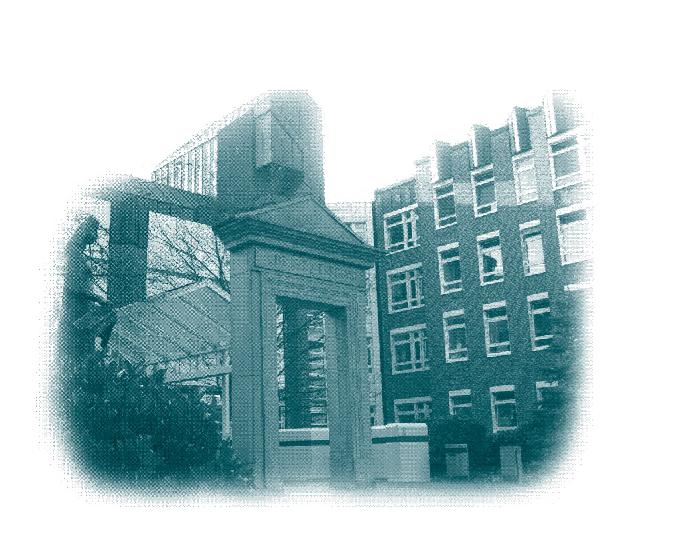
The St Elisabth Hospital in Dorsten "St.Elisabth-Krankenhaus Dorsten" belongs, nowadays, to the "KKRN Katholisches Klinikum Ruhrgebiet Nord GmbH" group, which is the largest groups of clinical hospitals in the northern part of the Ruhr area. The hospital in Dorsten has more than ten specialist units, a palliative unit as well as an attached educational institute for training for health and nursing careers,
Around 12,450 patients per year receive highly-qualified advice and reliable treatment from the 760 employees who win the patients trust at the St Elisabeth Hospital. This is the reason for the slogan, "Medizin mit Menschlichkeit" ("Friendly/Philanthropical/Humanitarian Medicine"). The "KKRN GmbH" is also an "Akademisches Lehrkrankenhaus", academic teaching hospital, of the "Westf├Ąlischen Wilhelms-Universit├Ąt M├╝nster" , Westphalian Wilhelms University of M├╝nster. (Quelle/Source KKRN)
|
|
1850 |
_ |
Following the founding of a public nursing establishment, initiated by the vicar, Pfarrer Schmitz, and several town citizens, the Bishop of M├╝nster lays the foundation stone for the hospital, built from public donations, on the site of the present roads, Gahlener Stra├če/Westwall", which takes up its work with eight patient wards, two years later. | |
|
|
1870 - 1903 |
_ |
Due to the cramped conditions within the building, it is necessary to build an extension to the hospital around the "Westwallfl├╝gel" ( the Westwall wing). A new chapel and wash house are created in the vicinity to this. | |
|
The Elba Tunnel
| _ |
1911 -1913 |
_ |
The hospital gains a left wing with a balneological unit. At a later stage, paediatric, opthamological units, and a unit for treating tuberculosis patients, as well as an isolation ward, are opened, |
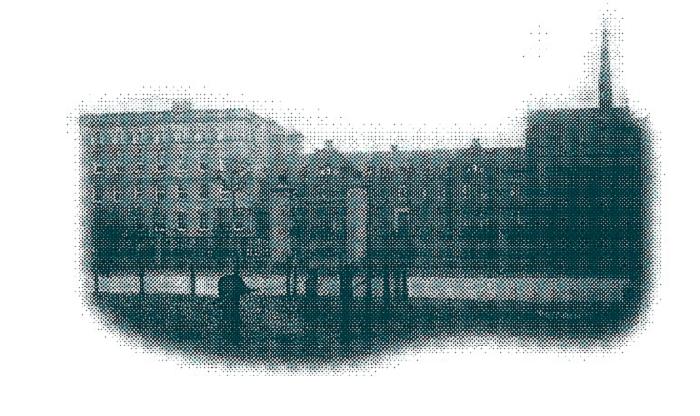 The hospital (ca. 1920) |
1926 - 1928 |
_ |
The extension of the isolation ward is completed during this time. Additionally, the kitchen is completed and supplied by the yields from the purchased Beisenbusch farm "Beisenbusch-Hofes", the location of the hospital, today. | |
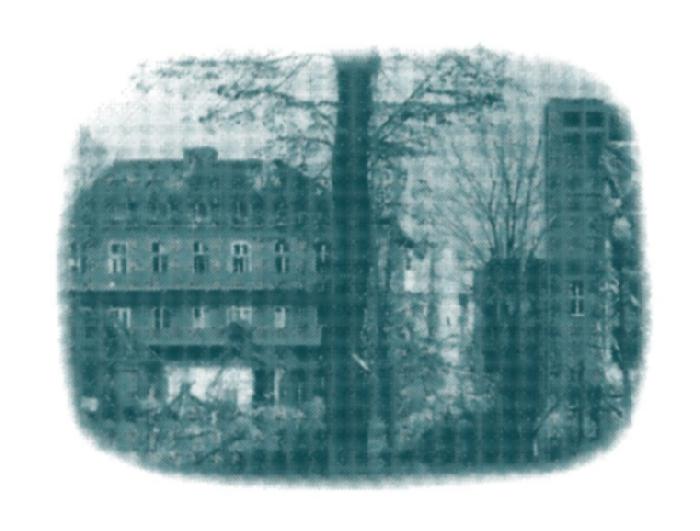 Destruction (1945) |
1945 |
_ |
The hospital is partly destroyed during the bombing raid on 22nd March. Four nurses and thirty-three patients also lose their lives. | |
|
The Polio Serum is developed. 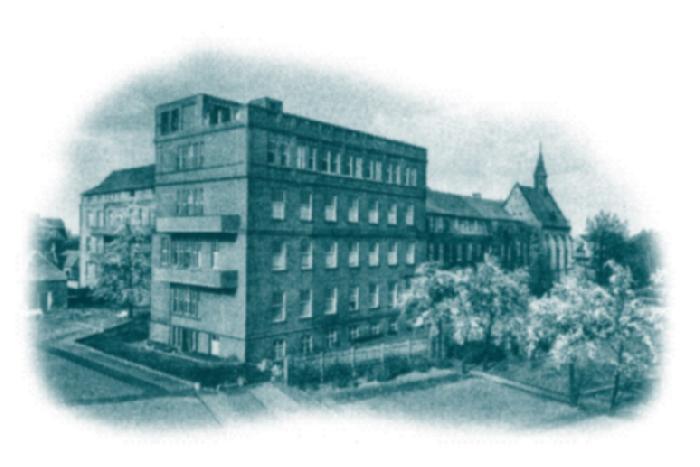 Reconstruction and Extension (1955) | _ |
1952 - 1955 |
_ |
After the war damage has been repaired, a new isolation building and a gynaecological and obstetrics unit are added to the St Elisabeth Hospital "St. Elisabeth Krankenhaus". |
|
|
1956 |
_ |
A nursing school is constructed in the street named "Gahlener Stra├če", following the purchase of House Beckmann "Beckmannsches Haus". | |
|
|
1970 |
_ |
A decision to build a new hospital on the grounds of the Beisenbusch Farm ("Beisenbusch Hof") causes long, drawn-out political discussions about the financing of the project. The laying of the foundation stone finally takes place in Nov. 1986. The hospital is operational at the new site in March 1989. | |
|
The first Computer Tomography is used in England.
| _ |
1972 - 1974 |
_ |
During this period, the present nursing school and nurses' accommodation block are erected at the site "am H├╝lskampsweg". |
|
|
2000 - 2004 |
_ |
The extension of the wide spectrum of out-patient treatment and the newly.created inter-disciplinary short-term hospital stay unit open up new perspectives for the hospital in a changing health care system. | |
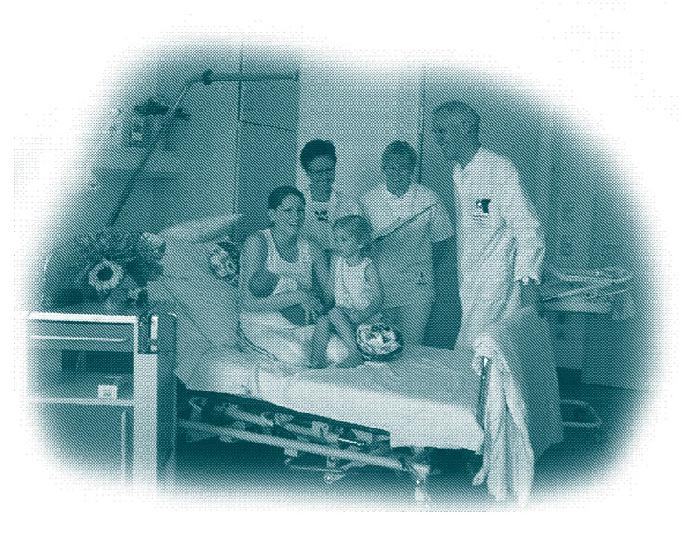 Delighted... |
2005 |
_ |
Surgeons and internists have established an inter-disciplinary abdominal centre at the hospital. The gynaecological department is appointed to be the surgical site of the Breast Unit Emscher-Lippe "Brustzentrums Emscher-Lippe" | |
|
Italy wins the fottball world championships
| _ |
2006 |
_ |
A hospital quality certificate, "KTQ-Zertifikat" documents for the first time, externally, the overall high quality level of the St Elisabeth Hospital "St Elisabeth Krankenhaus" |
[zurück]
Daten und Fakten
Eröffnung - 23rd September 2006
Adresse - St. Elisabeth, Main Entrance "Haupteingang"
Geodaten - 51┬░39'25.61 6┬░57'21.58
Official opening in Septmber 2006
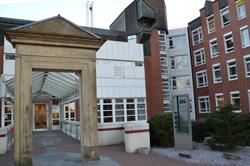
History Station in front of the entrance.
The 25th history station at St Elisabeth Hospital "St Elisabeth-Krankenhaus" was officially revealed at the weekend, by suffragan bishop Voss and the mayor Mr L├╝tkenhorst.
The History Display Board
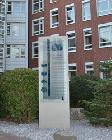
Die Geschichtstafel
The history display board provides information about the development of the hospital from its inital beginnings up until now. The information was collated by pupils from the Petrinum Grammar School.
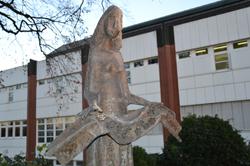
Skulptur der Hl. Elisabeth

